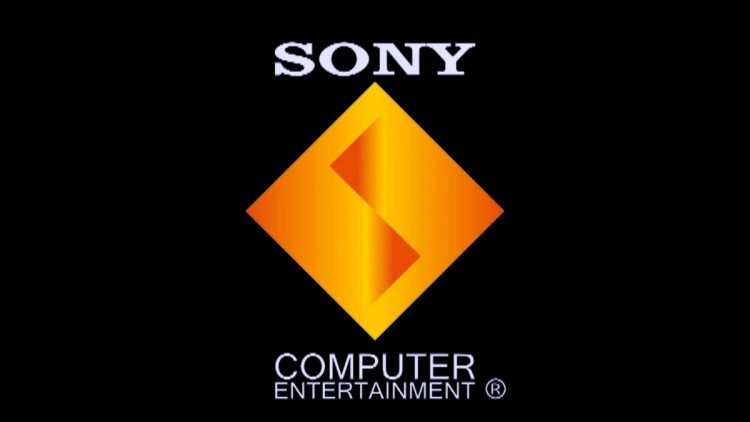Sony’s Strategic Shift: The Birth of Sony Interactive Entertainment
A New Era for PlayStation
In a bold move that reflects the changing landscape of the gaming industry, Sony has announced a significant restructuring of its PlayStation operations. As of 2016, the company is relocating its PlayStation brand management from Japan to North America, specifically San Mateo, California. This transition marks a pivotal moment in Sony’s history and signals their commitment to adapting to global market trends.
Merging Forces: The Creation of SIE
Sony Computer Entertainment (SCE) and Sony Network Entertainment International (SNEI) have officially merged to form Sony Interactive Entertainment (SIE). This new entity will oversee all aspects related to PlayStation hardware, software, and network services while maintaining close ties with its branches in Tokyo and London. Andrew House, President and Global CEO of SCE, emphasized that this integration aims to enhance the growth trajectory of the PlayStation brand by leveraging local expertise across different regions.
Understanding the Shift: Why Move West?
The decision to relocate operations stems from a broader trend within the gaming industry. Japan’s gaming market has evolved significantly since the days when consoles like PlayStation 1 and 2 dominated sales charts. With mobile gaming on the rise—outpacing traditional console sales—companies are increasingly focusing on North American markets where demand remains robust.
Market Dynamics: A Closer Look at Sales Figures
To illustrate this shift in focus:
- PlayStation 4 Sales:
- North America: Approximately 13.77 million units sold
- Japan: Only about 2.3 million units sold
This stark contrast highlights why Sony is keen on establishing a stronger presence in North America—a region that not only boasts higher sales figures but also serves as an influential hub for consumer preferences.
Future Plans: Engaging with American Audiences
Sony’s strategy extends beyond mere relocation; it includes plans for deeper engagement with American audiences through various initiatives:
-
PlayStation Theater: Previously known as Best Buy Theater in New York City, this venue is expected to host events aimed at fostering community engagement among gamers.
-
Innovative Services: Under SIE’s umbrella are several key offerings such as:
- PlayStation Network (PSN) – A comprehensive platform providing digital games and exclusive content.
- PlayStation Plus – A membership service offering unique features for subscribers.
These services aim not only at enhancing user experience but also at driving revenue growth through increased user engagement.
Conclusion: Embracing Change for Future Growth
The formation of Sony Interactive Entertainment represents more than just an operational shift; it embodies a strategic response to evolving consumer behaviors within an increasingly competitive landscape. By consolidating resources under one roof in San Mateo while still collaborating globally with teams in Tokyo and London, SIE is poised for continued success.
As we look ahead, it’s clear that this restructuring will enable Sony not only to adapt but also thrive amidst changing dynamics within both local and international markets—ensuring that they remain leaders in delivering groundbreaking entertainment experiences worldwide.
